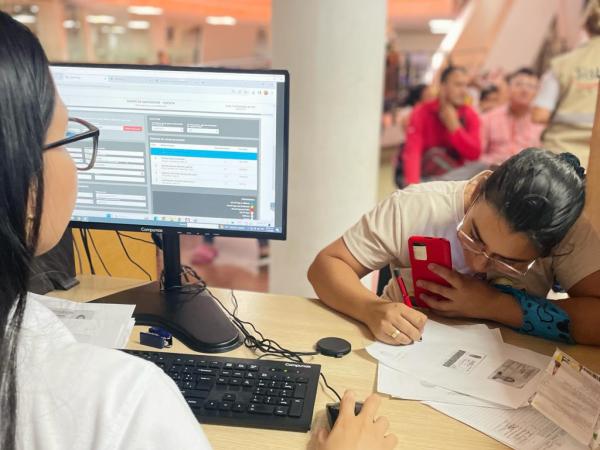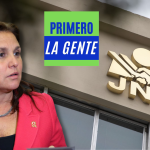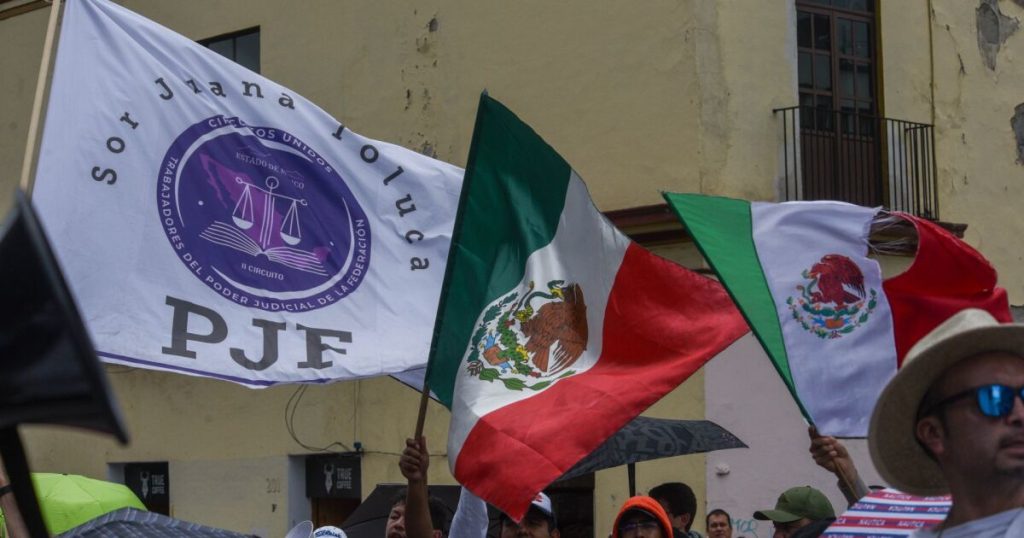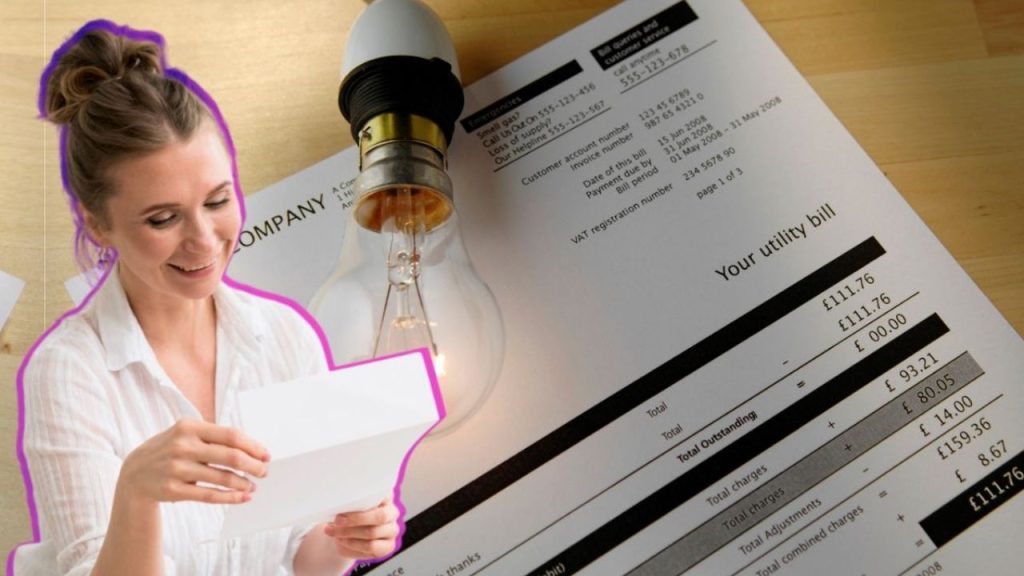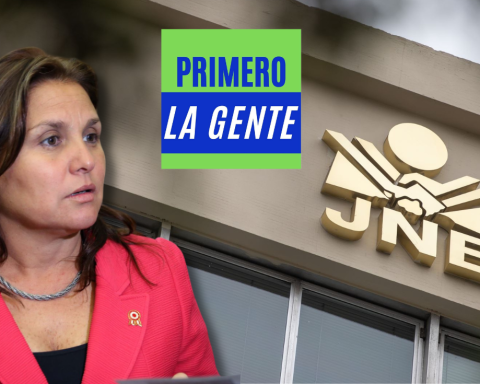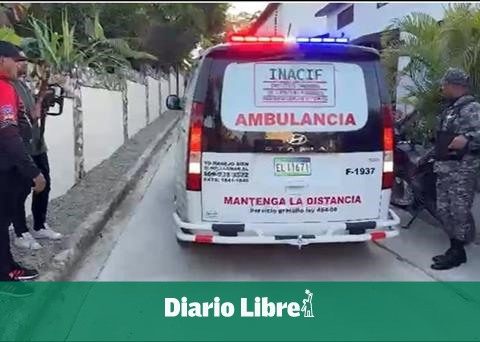The System of Identification of Potential Beneficiaries of Social Programs (Sisbén) It is a socioeconomic classification tool that plays a fundamental role in the allocation of resources and social benefits to the most vulnerable people and families by the Government of Colombia. A practical guide to check your classification.
Can the Sisbén score be lowered?
Knowing the Sisbén score is crucial to access the various comprehensive help and assistance programs that can improve the quality of life of those who need it most. In this regard, it is important to highlight that The classification of a home cannot change, unless its conditions have changed.
On the other hand, this year, the National Planning Department published the fourth version of this system (Sisbén IV), which includes the analysis of the dimensions of housing, health, education and the labor market in order to identify the most vulnerable sectors and be able to provide a comprehensive response.
In short, this classification system allows the Government to know the real needs of the population and develop public policies to improve living conditions in a sustainable manner.
(FURTHER: VAT refund 2024: how to check if I am a beneficiary with an ID number?)
Steps to check your Sisbén classification
1. Enter the website: www.sisben.gov.co.
2. Select the type of document and date of birth.
3. Enter your identification number.
4. Click on “Query”.
You must keep in mind that the query that is generated is an official document and validates the information that is registered in the Certified National Base published by the DNP.
(Read: Citizen Income: how do I know if I have a payment in SuperGIROS?)
Sisbén Payments
iStock
The Sisbén classification system
He Sisben It classifies potential beneficiaries of social programs into groups designated by letters and not by scores. Households are classified into subgroups as follows:
– Group A: It includes households in situations of extreme poverty. In this group, homes will be classified into 5 subgroups, from A1 to A5.
– Group B: corresponds to households in moderate poverty. This group will have 7 subgroups from B1 to B7.
– Group C: corresponds to households in vulnerable conditions. This group will have 18 subgroups from C1 to C18.
– Group D: It includes households that are not in poverty. This group will have 21 subgroups from D1 to D21.
